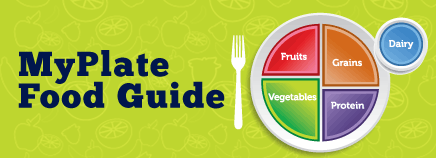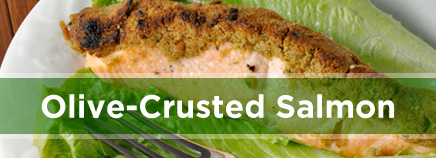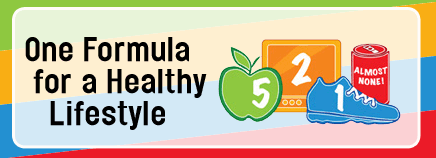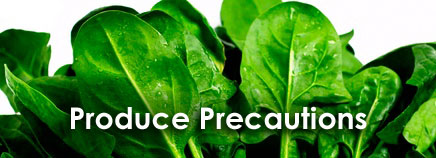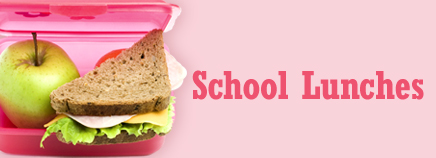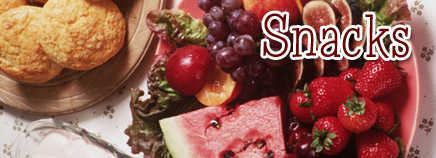The U.S. Department of Agriculture (USDA) created MyPlate, an easy-to-follow food guide, to help parents to figure out how to feed their kids nutritious, balanced meals. The colorful divided plate includes sections for vegetables, fruits, grains, and foods high in protein. It’s an improvement upon the complex and confusing MyPyramid …
Nutrition Guide for Toddlers
Nutrition Through Variety Growth slows somewhat during the toddler years, but nutrition is still a top priority. It’s also a time for parents to shift gears, leaving bottles behind and moving into a new era where kids will eat and drink more independently. The toddler years are a time of …
Olive-Crusted Salmon
Prep and cook time: 20 minutes Ingredients: Cooking spray 1 cup pimento-stuffed Spanish olives 1 piece of whole-wheat bread 1 teaspoon lemon zest 4 (4 oz. each) salmon fillets Directions: Put oven on broiler setting. Place oven rack 6 inches from broiler flame. Line a rimmed baking sheet or roasting …
One Formula for a Healthy Lifestyle
Parents hear lots of advice about helping their family eat better, exercise more, and maintain a healthy lifestyle. So much advice, in fact, that sometimes the real message gets lost. Nemours Health and Prevention Services (NHPS), a nonprofit organization focused on children’s health, makes it easy to get the facts …
Organic and Other Environmentally Friendly Foods
You’ve probably noticed the increased quantity and variety of organic foods available in regular grocery stores. Once the specialty of health food stores, organic foods are spreading to shelves throughout major food stores. So you may be wondering if organic foods are healthier and safer — and worth the extra …
Produce Precautions
It used to be that you just had to worry about convincing kids to eat the fruits and vegetables they need to grow healthy and strong. But reports about outbreaks of E. coli and salmonella remind us of another concern — making sure fresh produce is safe to eat. Even with …
School Lunches
Buying lunch at school might be the first time kids get to call the shots on which foods they’ll eat. Luckily, school lunches have improved over the years, both in taste and nutrition, with many serving healthier dishes, such as grilled chicken sandwiches and salads. But some still exceed recommendations …
Snacks
Smart Snacking “Don’t eat that, you’ll spoil your appetite.” If only you had a dollar for every time you heard that growing up. But if the right foods are offered at the right times, snacks can play an important role in managing kids’ hunger and boosting nutrition. A well-timed snack …
Snacks for Preschoolers
Filling Nutritional Gaps No one’s busier than the average preschooler. Preschoolers are so active and imaginative, it’s no wonder they get hungry between meals and need a snack. Although growth during the preschool years is slower compared with that of the first 2 years of life, preschool kids still need to …
Snacks for Toddlers
Balancing an Uneven Diet Parents of toddlers often wonder if their kids are getting enough to eat. It’s an understandable concern, and offering healthy snacks can help ensure that the answer is yes. Some kids at this age may seem too busy exploring the world to slow down and eat. …

